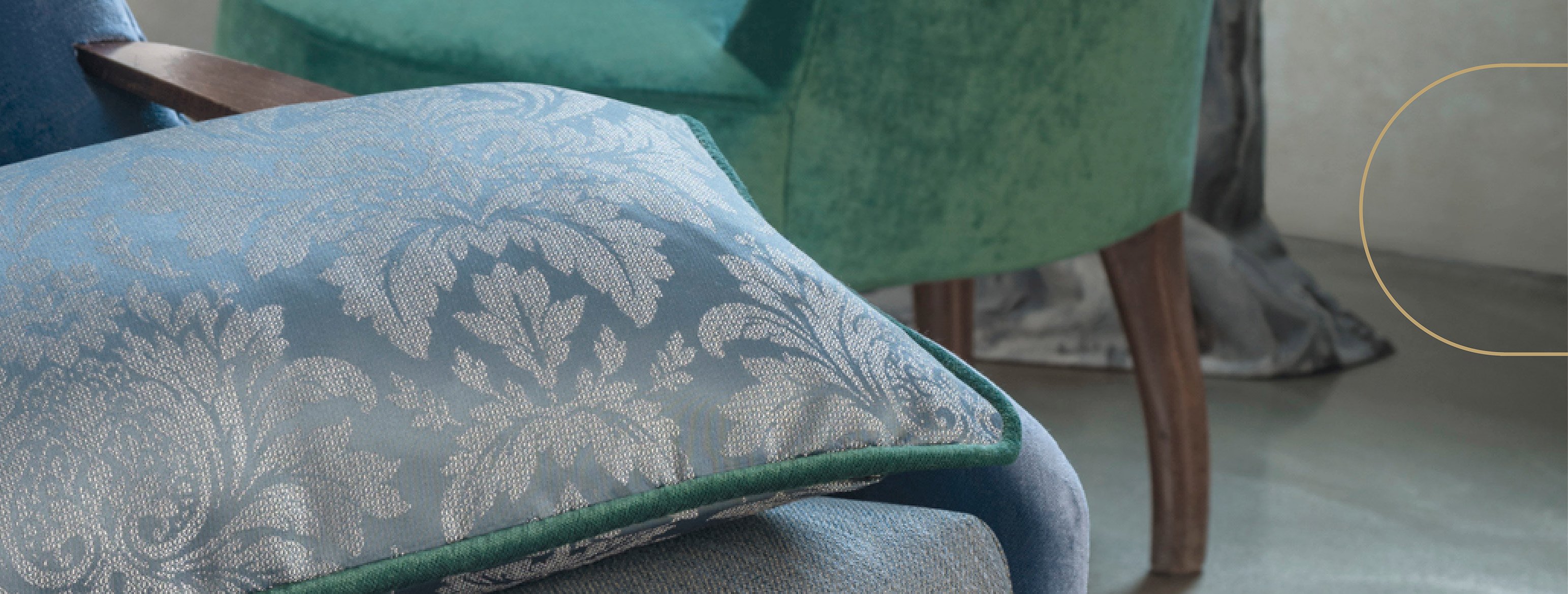Today we explore a specific fire standard that’s central to the European Union: the EN 1021, parts 1 & 2.
Let’s get started!
EN 1021, Parts 1 & 2
There are many elements that play a part in fire protection, and like many things in life, it can get complicated to navigate them all.
On top of this, there is a wide range of international flammability standards, sometimes even overlapping with each other. Within these standards, there are the textile test methods, which sometimes also overlap, which can vary from region to region.
This standard is valid throughout the EU and examines a fabric's reaction to a burning cigarette and butane flame (which simulates a match). How it works: a standard textile test rig is constructed like a chair, from fabric and foam, with the back at a right angle to the base. This enables the ignition source to be kept in permanent contact with both back and seat throughout the test.
Read everything you need to know about contract fabric specification in 2021.
.jpg?width=819&name=FROne_inherently_flameretardant_white_furnishingfabrics_upholstery_draperyinteriordesi%20(2).jpg)
EN 1021 Test Method Part 1
In Part 1 of this textile test, a lighted cigarette is placed in the angle of the test rig and left to smoulder until it’s completely burnt out. After 60 minutes, no smouldering or flaming of the fabric should be observed.
EN 1021 Test Method Part 2
In Part 2 of this standard, a 35mm butane flame is used in the test to represent a burning match. It’s applied for 15 seconds, again in the corner angle between the test rig’s base and back.
After the flame is removed, no burning of the fabric should occur after 2 minutes have elapsed.
Visit our FR standards database to find the standards that fit for your region.
.jpg?width=2000&name=FROne_inherently_flameretardant_textile_fabrics_testing_standards_frone%20(1).jpg)
FR fabrics need to meet every standard (on land and sea)
It is vital that contract fabrics are designed and manufactured with international flammability test methods in mind. A fabric which performs well in one test may not pass another, which underscores the variety of standards for textiles that often have the same end-use.
FR-One’s inherently fire retardant fabrics are the number one choice for procurers, interior designers and architects around the world, because professionals demand that contract fabrics meet the highest flame retardant standards in force globally.
In fact, our FR fabrics are some of the only decorative fabrics in the world certified as module E under the Maritime Equipment Directive.





